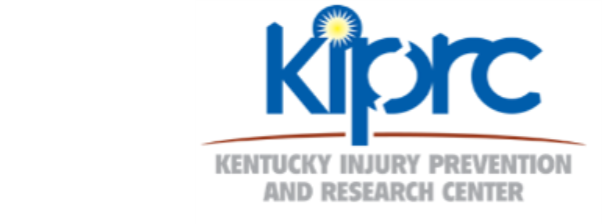
Kentucky Injury Prevention and Research Center Faculty Publications
Abstract
Occupational illnesses are inadequately reported for agriculture, an industry dominated by a vulnerable Hispanic population and high fatal and nonfatal injury rates. Work-related illnesses can contribute to missed work, caused by a combination of personal and work factors, with costs to the individual, employer, and society. To better understand agricultural occupational illnesses, 225 Hispanic horse workers were interviewed via community-based convenience sampling. Descriptive statistics, bivariate analyses, and log binomial regression modeling were used to: (1) describe the prevalence of missed work due to work-related illnesses among Hispanic horse workers, (2) examine work-related and personal factors associated with missed work, and (3) identify health symptoms and work-related characteristics potentially associated with missed work. Key findings reveal that having at least one child (PR = 1.71, 95% CI = 1.03, 2.84), having poor self-reported general health (PR = 0.72, 95% CI = 0.48, 1.08), experiencing stress during a typical workday (PR = 2.58, 95% CI = 1.25, 5.32), or spending less time with horses (PR = 1.87, 95% CI = 1.15, 3.05) are significant predictors of missing work. Interventions can be designed to identify workers most susceptible to missing work and provide resources to reduce absenteeism. Future research should examine work-related illness in agricultural horse production, including personal and work-related factors, in order to diminish occupational health disparities among these workers, who are more likely to be employed in hazardous agricultural work.
Document Type
Article
Publication Date
2018
Digital Object Identifier (DOI)
https://doi.org/10.13031/jash.12735
Funding Information
The publication of this article was paid for by the Southeast Center for Agricultural Health and Injury Prevention.
Repository Citation
Bush, Ashley M.; Westneat, Susan C.; Browning, Steven R.; and Swanberg, Jennifer, "Missed Work Due to Occupational Illness Among Hispanic Horse Workers" (2018). Kentucky Injury Prevention and Research Center Faculty Publications. 3.
https://uknowledge.uky.edu/kiprc_facpub/3


Notes/Citation Information
Published in Journal of Agricultural Safety and Health, v. 24, issue 2, p. 89-107.
© 2018 ASABE
The copyright holder has granted the permission for posting the article here.